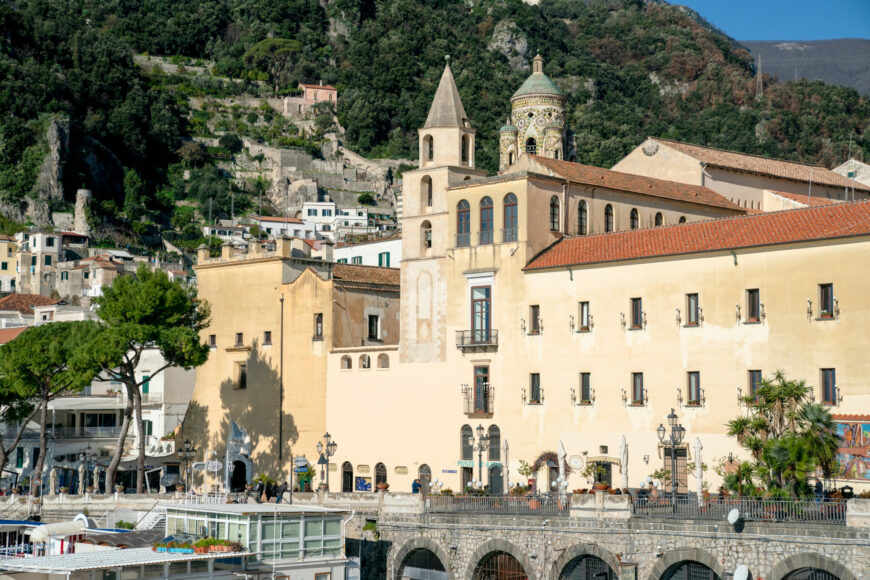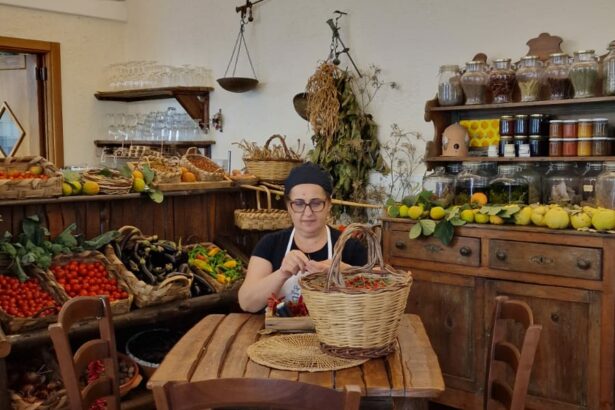Amalfi, a gem set in the spectacular setting of the Amalfi Coast, is the custodian of numerous treasures of inestimable value, architectural, artistic, historical and cultural. Today we tell you about the San Benedetto Palace, a building that tells centuries of history, interweaving its architectural evolution with the events of the city. The St. Benedict Palace, now the municipal seat, was founded in 1580 as the“Monastery of Noble Women” of the Holy Trinity.
Monastic origins:
Its foundation arose from the need to have to unite nuns from other decommissioned Benedictine complexes into a single complex, so it was born as part of a Benedictine women’s monastery.
“...at a time when the Republic of Amalfi was at the height of its maritime power, religious life played a fundamental role in society. The Monastery, dedicated to St. Benedict, housed nuns of noble lineage and helped strengthen ties between aristocratic families and the Church…“
Characteristics:
The structure has a layout characterized by side chapels housing altars paintings and statues. The chancel has a rectangular shape and is adorned with a stucco tosello with two overlapping paintings. In the 18th century the church underwent a stylistic update in the Baroque style. The hall still retains the chancel with “jellies” to hide the nuns. A fine tiled floor, and the nuns’ choir with wooden pews.
Transformation through the centuries:
With the decline of the Amalfi Republic, religious institutions also began to undergo changes. In the post-unification era, the monastery gradually lost its original function, and the architectural complex was transformed, adapting to new civilian needs. Only in the early decades of the twentieth century, after various events, will it become the City Palace.
Today the Palace is preparing to welcome works of “restoration of the facade desired by the Municipal Administration led by Mayor Daniele Milano that include the recovery of the plasterwork and the restoration of the majolica panel made by Diodoro Cossa placed on the sea-facing wall…“
The San Benedetto Palace today represents a symbol of Amalfi’s ability to evolve.





